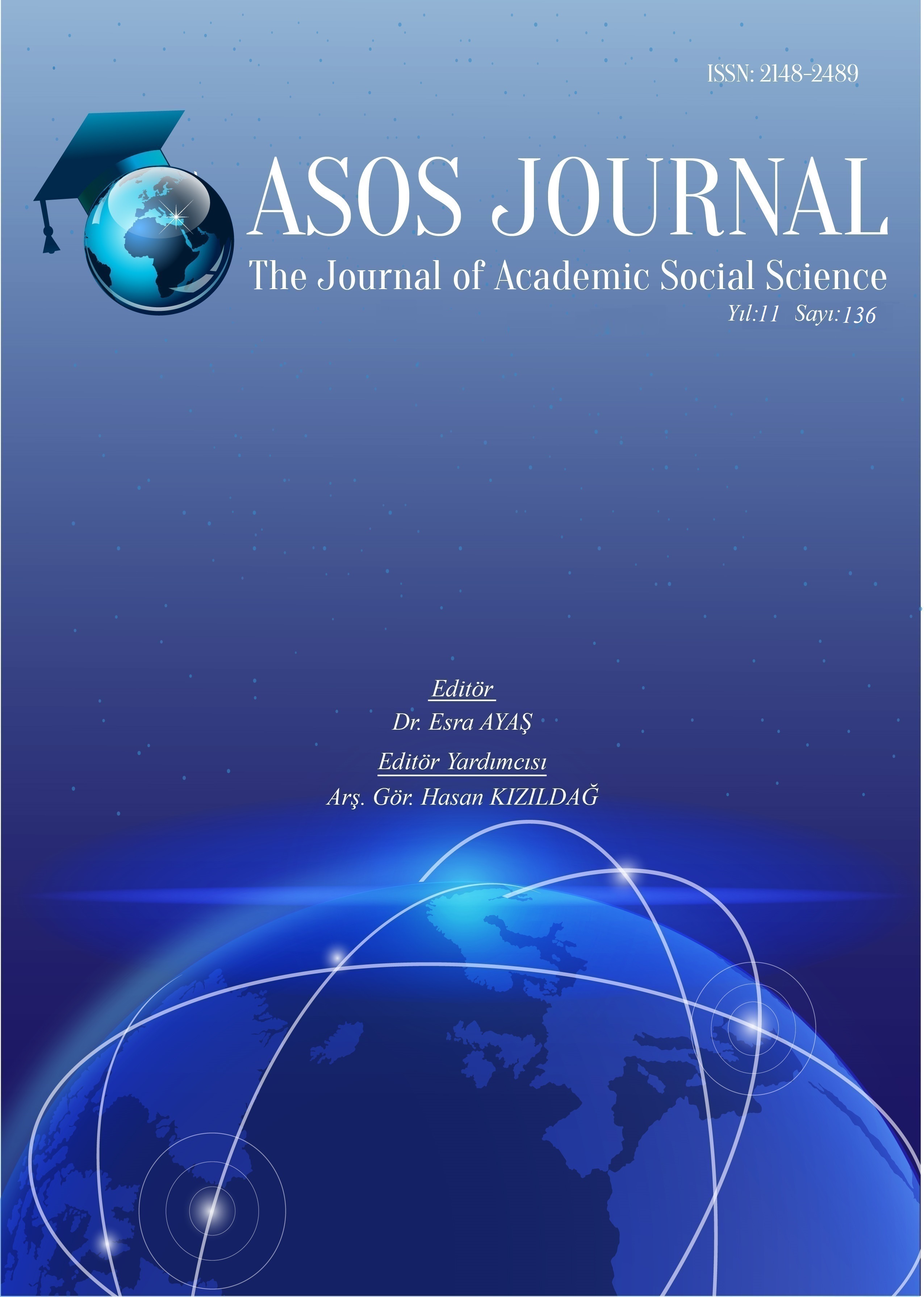Author :
Abstract
Gündelik hayatın sanat yapıtına yansıması günümüz için oldukça sıradan bir kuramsal alt metine sahipse de özellikle ortaçağ Avrupa’sında bu kavramın nesnel bir karşılığına rastlamak pek mümkün değildir. Hayatın her alanına nüfuz etmiş dini düşünüşten hariç bir pratikten söz edilemez demek, ortaçağ teolojisi yaşam içerisinde somutlaşmıştır demenin bir başka yoludur. Dolayısıyla kültürel-ekonomik-ya da sosyolojik ve demografik değişkenlerin Modern öncesi dönemde sanata yansımasını ele alırken, bu unsurları kategorize eden bir ana başlıktan: Dini düşünüş penceresinden bakmak kaçınılmazdır. Avrupa tarihinde büyük bir kırılma yaratan veba salgını ile bağlantılı olarak meydana gelen dini düşünüşteki dönüşümler ve bu dönüşümlerin heykel sanatına yansıması, çalışmanın odağını oluşturmaktadır. İçinde bulunduğumuz salgın hastalık sürecinde, gündelik hayat ve sanat tartışmalarına geçmişten bir bakış açısı sunabilme amacını taşıyan araştırma, estetik ve sanat felsefesinin üzerinde pek durmadığı ‘çirkin’ mefhumu ile ideolojinin temsil alanının kesiştiği noktaları beden aracılığı ile açıklamayı hedeflemektedir. Antik Yunan ile ortaçağ Avrupası’nı karşılaştırarak ele alan çalışma her iki tarihsel dönem Heykel sanatını incelemekle birlikte özellikli olarak Hıristiyan Avrupa sanatında yoğunlaşmaktadır. Bu paralellikte, “güzel beden ve çirkin beden” alt metni üzerinden “Çirkin ve ölümlü heykel” kavramı problematize edilmiştir.
Keywords
Abstract
Although the reflection of everyday life on the work of art has a very ordinary theoretical subtext for today, it is not possible to come across an objective equivalent of this concept, especially in medieval Europe. Saying that there is no practice other than religious thinking that permeates every aspect of life is another way of saying that medieval theology was embodied in life. Therefore, when considering the reflection of cultural-economic-or sociological and demographic variables on art in the pre-modern period, it is inevitable to look at it from the perspective of religious thinking under a main heading that categorizes these elements. Transformations in religious thinking that occurred in connection with the plague epidemic, which created a major break in European history, and the reflection of these transformations on the art of sculpture constitute the focus of the study. The research, which aims to present a perspective from the past to the discussions of daily life and art in the epidemic process we are in, aims to explain the intersections of the notion of 'ugly', which aesthetics and philosophy of art do not emphasize much, and the field of representation of ideology through the body. The study, which deals with the comparison of ancient Greece and medieval Europe, examines the sculpture art of both historical periods, but especially concentrates on Christian European art. In this parallel, the concept of "ugly and mortal sculpture" has been problematized over the subtext of "beautiful body and ugly body".





